Nakayama is in between Narita And Haneda International Airport
<クッキーについての同意並び欧州居住者向けプライバシーポリシー>
中山・下総・散歩道
Onosan Jokoji Temple and Chichinashi Nio
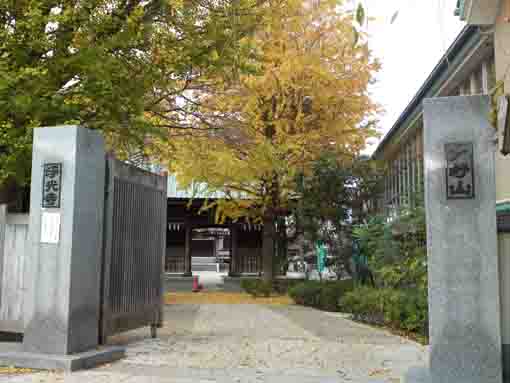
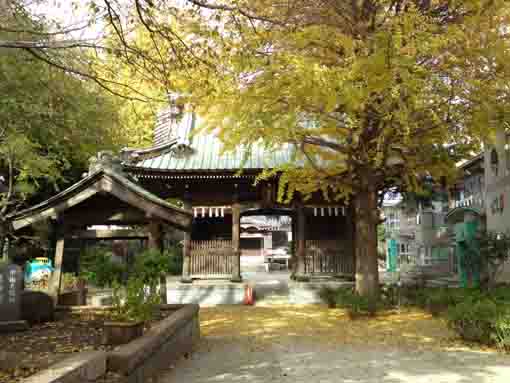
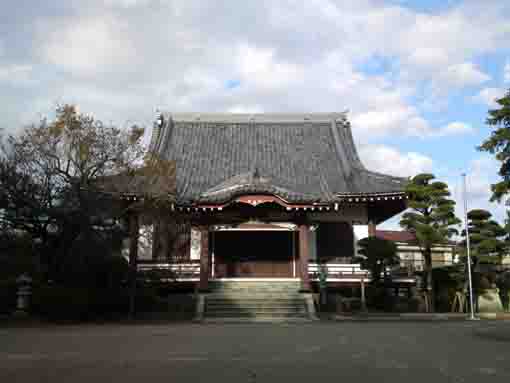
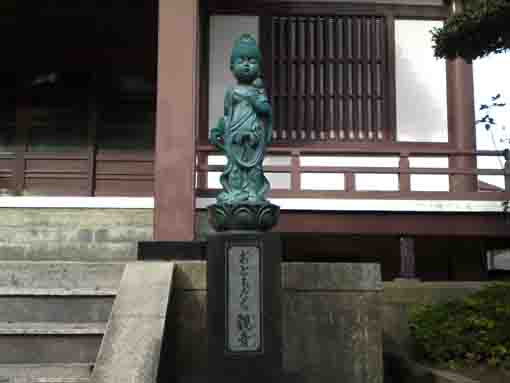
Onosan Jokoji Temple is an old temple that stands on the north of Onojo Castle that Masakado Taira had built in late Heian period. In fall, leaves fallen down from gingko trees spread on the ground like golden carpets and they light up the Niomon Gate built in Taisho Era. Behind the gate, the main hall stands and a small lovely sculpture named 'Otomodachi Kannon (a friendship kannon)' is dedicated in front of it. It gives visitors peace in mind.
Onosan Jokoji Temple in Ono Ichikawa City belongs to Nichiren Shu. It is famous for a sculpture called 'Chichinashi Niozo (the Deva King without his nipple) carved by Unkei that has been believed by many mothers having little milk to have plenty milk and to have their children healthy. Moreover, Jokoji Temple is one of the temples having stone statues of Shichifukujin (Seven Deities of Good Fortune) in Ichikawa.
It is said that the origin of Jokoji Temple that a small shrine dedicating Bishamonten built by Masakado Taira in his Onojo Castle in late Heian Period. The venerable Nichiben, one of Nichiren's disciple, converted from Shingon Shu to Nichiren Shu when Nichiren visited Nakayama later in Kamakura Period.
Onosan Jokoji Temple dedicates the statue of Chichinashi Nio registered as a municipal asset by Ichikawa City and deserves its history as dedicating the stone statue of Bishamonten that belongs to Ichikawa Shichifukujin.
Chichinashi Nio and Its Legend
The Statue of Chichinashi Nio
The heights of the statue of Chichinashi Nio is 24.3 cm tall, and this small Ungyo style sculpture (with a closed mouth) is 31.1 cm tall with the base like a stone, this statue of Nio is an outstanding work carefully carved with brawny face, muscles and well-proportioned physique. It was constructed by assembling pieces of wood with crystal eyes, and it was colored, the upper body is naked, and its bottom is worn Mo (classical Japanese clothes) with dramatic patterns of gold painted hemp leaves. It little bit twists its body at the waist with a vajra in its right hand. But the vajra had lost and the right hand was fixed recently.This sculpture is said to be carved by Unkei, one of the most outstanding artist in Kamakura period. The Nio does not have his nipple (chichi). Once upon a time, Unkei carved a sculpture for his mother's memorial service. When he has almost completed carving it, his mother appeared in front of him, he was very surprised at that so he cut the Nio's nipple. He once gave up and he would try destroying it. But his mother stopped him and said that it could be the god for easy delivery. Then Unkei completed it.
This sculpture is called 'Chichinashi Nio (the Deva King without his nipple) because of the legend, and many mothers having little milk believed it.
市川市ホームページより
Bishamonten belonging to Shichifukujin in Ichikawa City
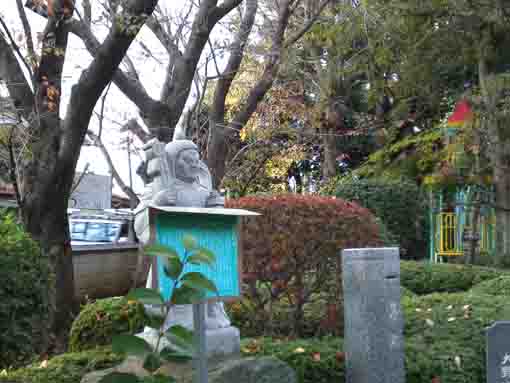
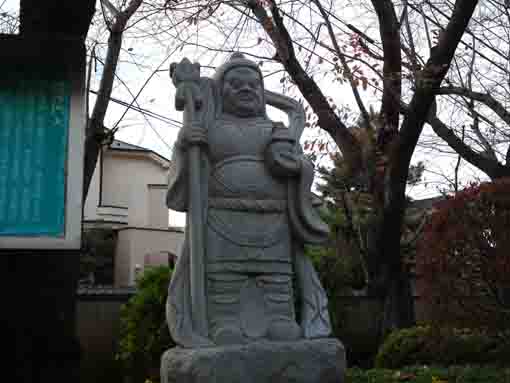
Bishamonten / Vaishravana; the God of Treasure and War
Bishamonten is a god protecting Buddhism and one of guardian deities protecting four directions, and it is also called Tamonten. He stays on the halfway up to Mt. Sumeru, Jikokuten is in the east, Zochoten in the south, Komokuten in the west and Tamonten (Bishamonten) is in the north to protect his direction. He serves Taishakuten and he controls Hachibushu to protect people believing in Buddhism. Tamonten (Bishamonten) is differed from other three gods, he is believed in Japanese as a unique god. When he is a single god, he is called Bishamonten. He has a treasure club (a weapon) in his right hand, has a pagoda in his left hand. Especially the pagoda is his symbol. And he joined to Shichifukujin with his amours. Bishamonten is believed as a god of industrial promotion and match making.Jokoji Temple has been called 'Tamonbo' for several hundred years. It might imply 'Tamonten', so the word 'Tamonten' changes to 'Tamonbo' then 'Tamanbo'. Jokoji Temple is on the north of Onojo Temple, so it could be a guardian deity of the castle. Bishamonten had lost when Onojo Castle had lost, only the word 'Tamonbo' would have remained.
Later, Jokoji Temple has been famous for Chichinashi Niozo, and mothers having little milk to bring up their babies deeply worshipped it.
In this time, the stone statue of Bishamonten that is the origin of the word 'Tamanbo' rebuilt.
October 2002
Nikkei, The 38th chief priest of Onosan Jokoji Temple
大野山浄光寺像脇案内板より
Shichifukujin (the Seven Gods of Good Fortune) In Ichikawa City
- 1st Bishamonten in Kokubunji Temple (3-20-1 Kokubun)
- 2nd Ebisuten in Shoganji Temple (4-12-3 Miyakubo)
- 3rd Daikokuten in Honshoji Temple (2-919-1 Onomachi)
- 4th Bishamonten in Jokoji Temple (3-1917 Onomachi)
- 5th Fuku Roku Ju and Ju Rojin in Myoshoji Temple (4-2122 Kitakata-cho)
- 6th Bezaiten in Okunoin of Hokekyoji Temple (2-21-1 Wakamiya)
- 7th Hoteison in Anyoji Temple (2-16-35 Koya)
- 8th All Seven Gods in One in Myooji Temple (2-18 Hongyotoku)
引用、抜粋並びに参考
大野山浄光寺ホームページ
大野山浄光寺毘沙門天脇案内板
市川市ホームページ
改訂新版市川のむかし話
Why don't you visit Shichifukujin in Ichikawa on this movie?
The Location and Access to Onosan Jokoji Temple
Onosan Jokoji Temple
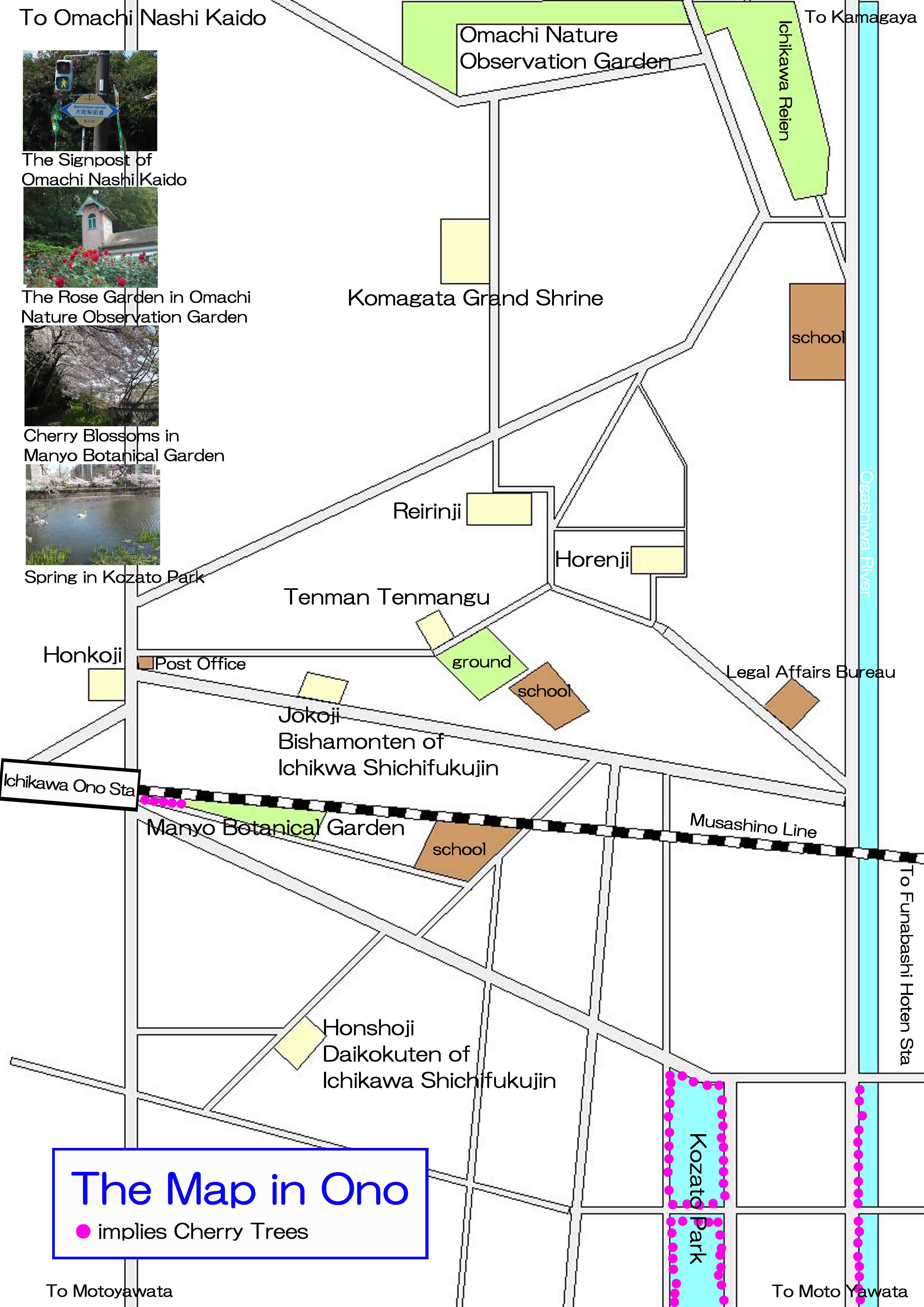
The map of the noted spots near Ichikawa Ono Station
PDF of the map of the landmarks near Ichikawa Ono Station- Onosan Jokoji Temple has accessibilities from both Narita and Haneda International Airport.
- From Narita International Airport, take JR Sobu-express line, transfer the line at Nishi-funabashi to Musashino Line bound to Fuchuhoncho or Higashi Tokorozawa, get off Ichikawa Ono Sta. And also take Hokuso Line, transfer the line at Higashimatsudo to Musashino Lline, get off Ichikawa Ono Sta. It takes minimally 50 minutes from Narita Airport.
- From Haneda International Airport, take Keikyu-line bound to Narita, transfer the line at Takasago Sta to Hokuso Line, and transfer the line at Higashi Matsudo Sta to Musashino Line, get off Ichikawa Ono Sta. It takes almost 1 hour from Haneda Airport.
- From Tokyo Sta, take Musashino Line bound to Fuchuhoncho or Higashi Tokorozawa, get off Ichikawa Ono Sta. It takes about 28 minutes from Tokyo Sta.
- From Akihabara Sta, take Sobu line bound to Chiba, Tsudanuma or Nishi Funabashi, Ttransfer the line at Nishi Funabashi to Musashino Line bound to Fuchu Honcho or Higashi Tokorozawa, get off Ichikawa Ono Sta.
- Take 7 minute walk from Ichikawa Ono Sta.
- 3-1917 Ono-cho, Ichikawa-shi, Chiba-ken
The Landmarks near Onosan Jokoji Temple
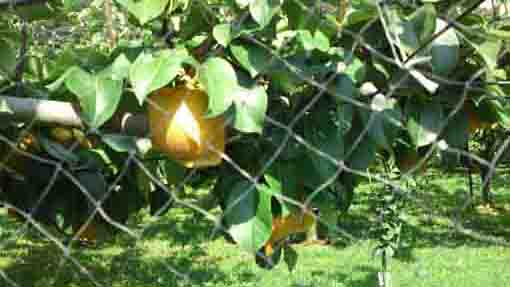
Omachi Nashi Kaido
Omachi and Ono have many pear gardens, pears are their special products.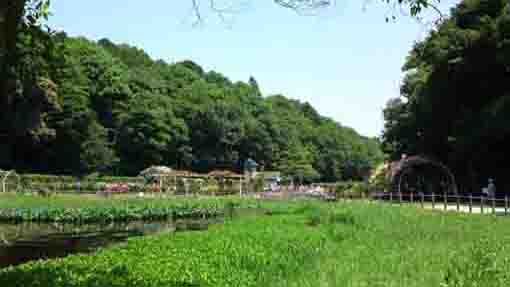
Omachi Nature Observation Garden
It has the Rose Garden and the Village of Maple Trees.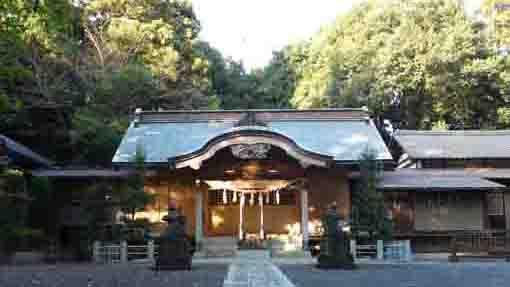
Komagata Grand Shrine
It has a legend connecting to Masakado Taira and it dedicates him.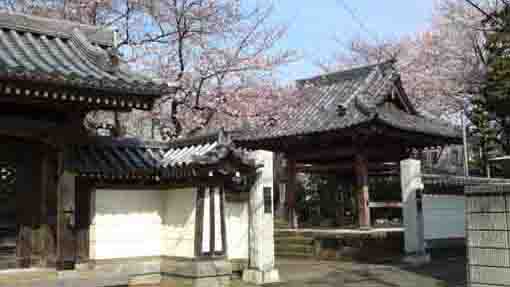
Soyasan Horenji Temple
It was built by Norinobu Soya and has a legends of Masakado Taira and Komagata Grand Shrine.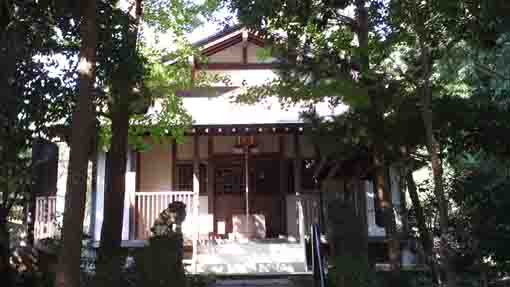
Tenman Tenmangu Shrine
It was built by Masakado Taira, one of the mot famous samurai heroes in Kanto.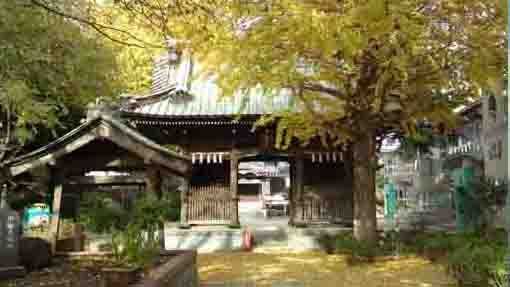
Onosan Jokoji Temple
It was famous for the statue of Chichinashi Nio and it belongs to Shichifukujin in Ichokawa.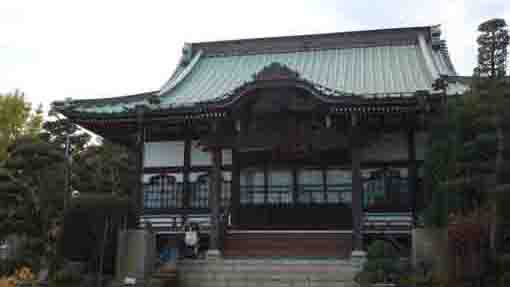
Soyasan Reirinji Temple
The shrine of Gozu Tenno, the god giving children to faithful couples, is dedicated in it.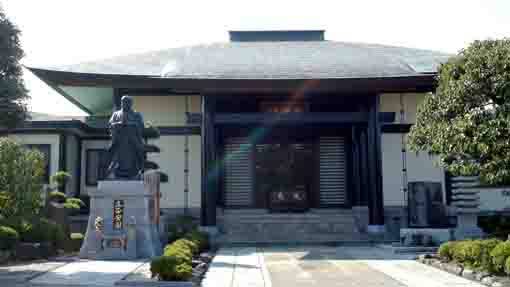
Kaigensan Honshoji Temple
It dedicates Daikokuten, the god of wealth, belonging to Ichikawa Shichifukujin.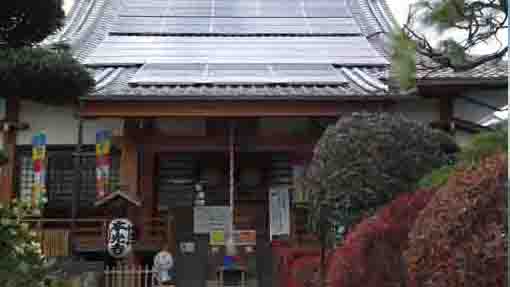
Koinsan Honkoji Temple
It is an old temple with 650 years history and it has Ono Tenmangu Shrine built by Masakado Taira.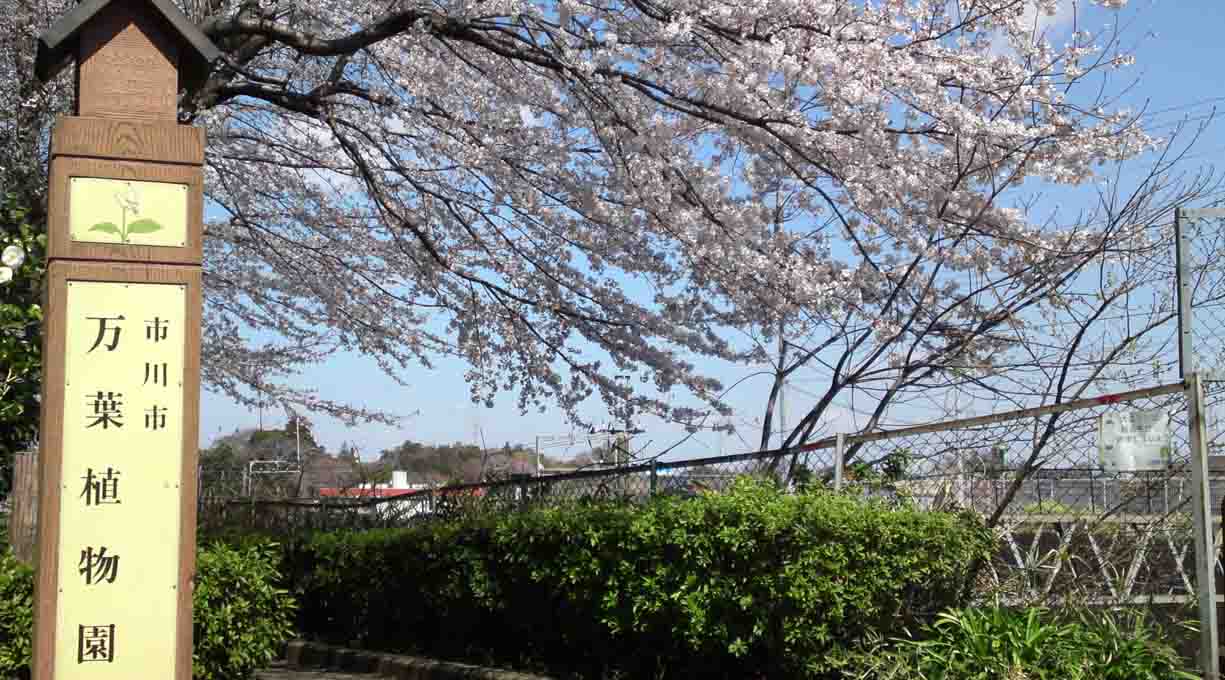
Manyo Botanical Garden
Many Flowers written in the Myriad of Leaves are exhibited with tanka poems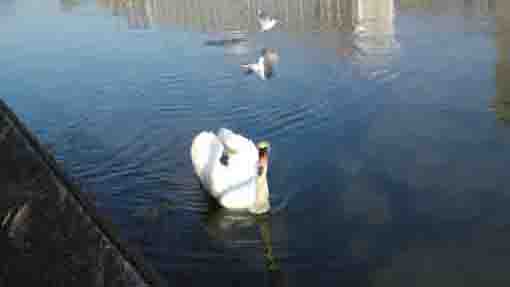
Kozato Koen Park
Swans and some waterfowls go on the pond surrounded by cherry trees in spring.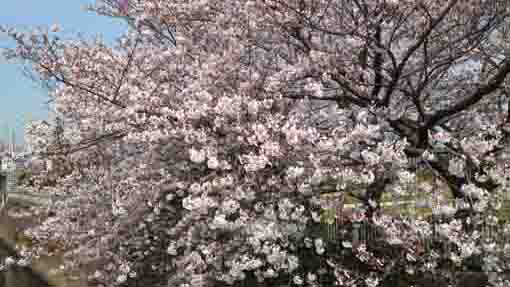
A Walk Along Ogashiwagawa River
Many attractive landmarks stand along it.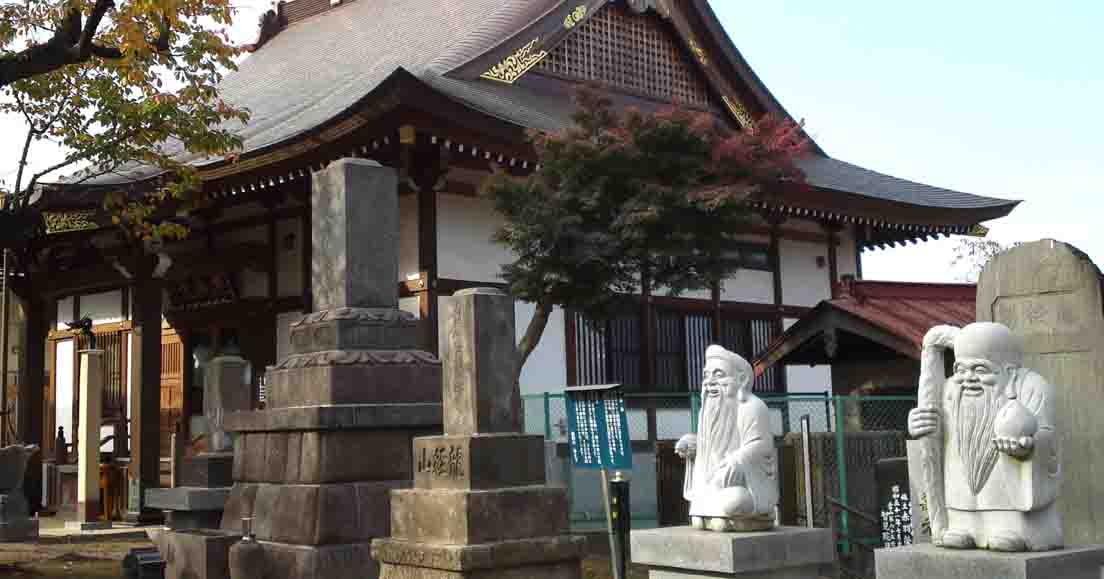
Ryukyosan Myoshoji Temple
The sacred temple covered with holy cherry trees is famous for the legend of Seven Sutra Mound and Shichifukujin in Ichikawa.
Homensan Anrakuji Temple
The first nunnery of Nichiren Sect built by the Princess Tokiwai, the legend said ther daughter of the Emperor drifted to Ichikawa.- 広告 Advertisement -
